ANIMALS
Sea Otters’ Hunger For Crabs Slowed Erosion And Restored Vegetation In California Estuary
Published
5 months agoon
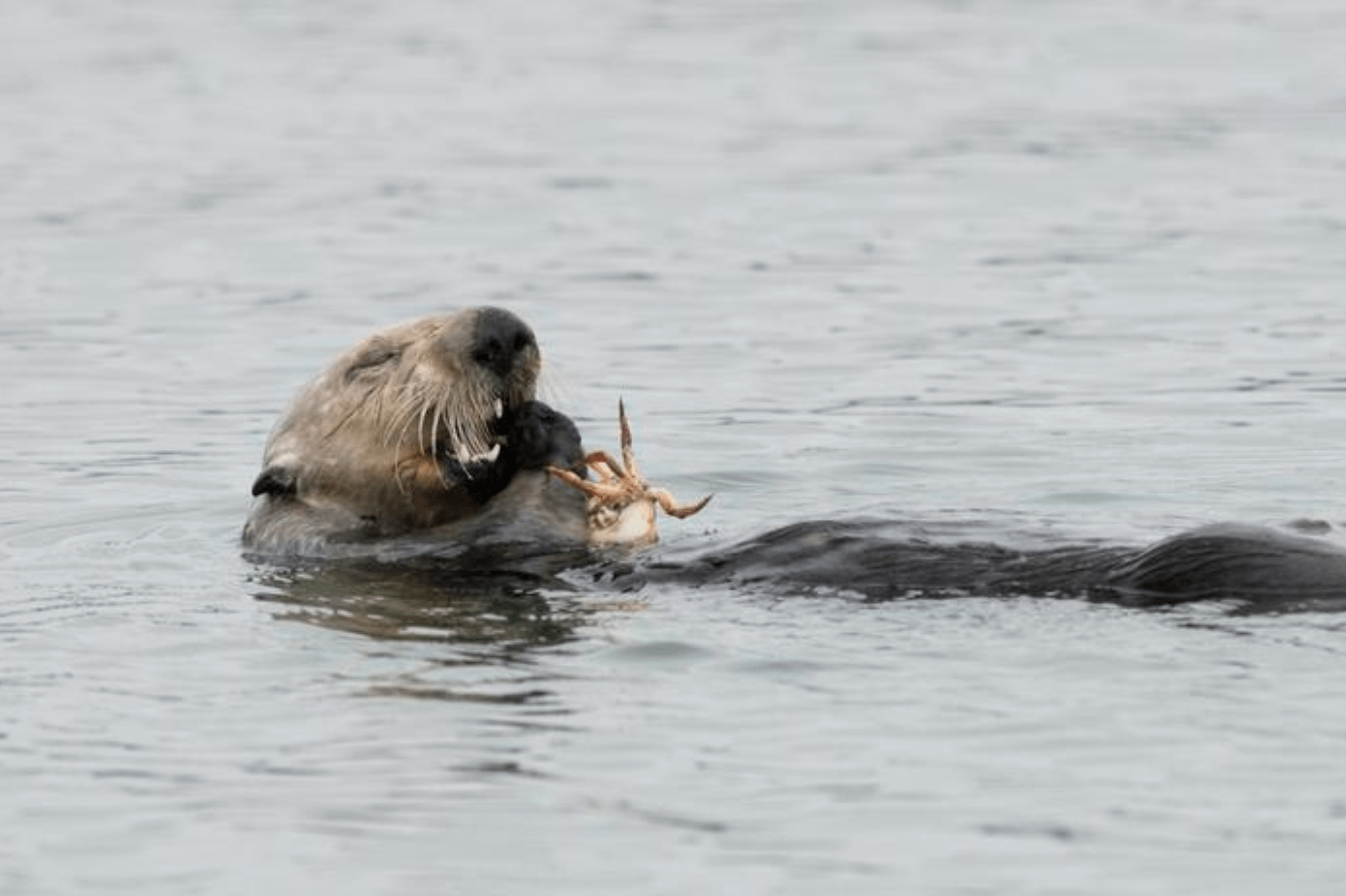
More From Local News X
-
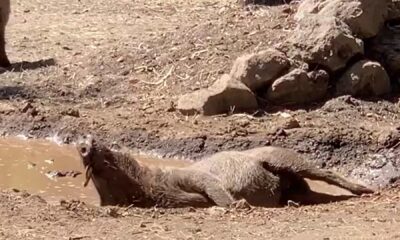

Warthog Alice Rolls Around in the Mud for her 13th…
-
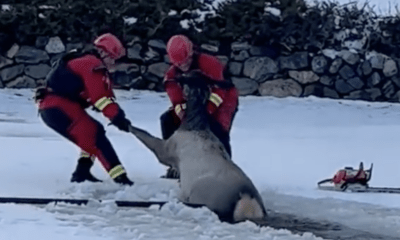

Firefighters Rescue Elk That Had Fallen Through Icy Pond In…
-
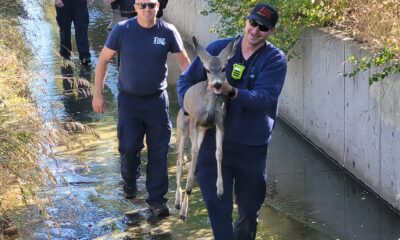

More: Rapid City Firefighters Rescue Fawn From Culvert, The mama…
-


Firefighters Save Baby Deer From Storm Drain And Reunite It…
-


Virginia Firefighters Assist In Horse Relocation Following Its Stillborn Delivery…
-


Cow Headed to Slaughterhouse Escapes in Brooklyn, NY and is…
-


Nine Dogs Removed From Iowa Man’s Home Following Arrest For…
-
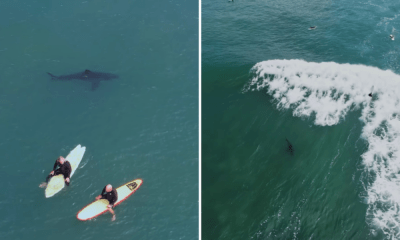

Several Great White Sharks Spotted Swimming with Surfers Near Shores…
-


Bull was on the Loose in Denton, TX. The Bull…
-
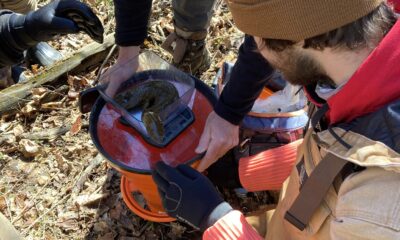

Ohio DNR Locates Healthy Hellbender Salamanders Near East Palestine Train…
-


Detroit Zoo Announces Birth of King Penguin Named Ernest Shackleton…
-
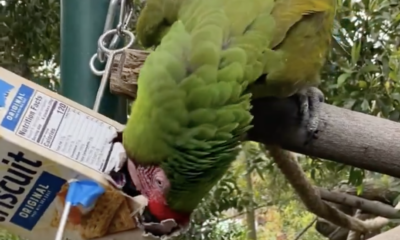

Macaw Searches For A Treat At Oakland Zoo, Stan will…
